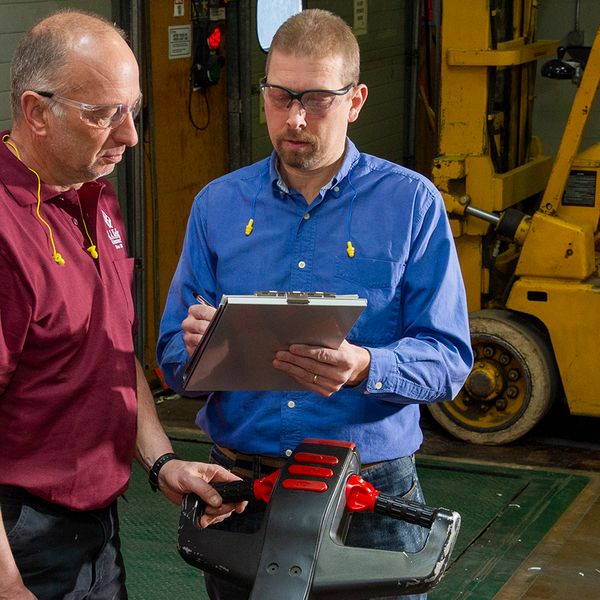Bad attitude is a symptom of safety non-compliance, not a cause
Safety professionals may need to deal with employees (or even supervisors) who have a negative attitude toward safety. Maybe they think safety procedures slow down production, or just think it’s all a waste of time.
You might have held discussions about a need for “attitude adjustment” regarding an employee (or again, even a supervisor). But attitude is a manifestation of a deeper issue, and the solution requires addressing those underlying reasons. In other words, the attitude is a symptom, but the root cause is something else.
Instead of thinking that you need to change attitudes, start thinking about identifying and changing the root causes of those attitudes.
Possible causes
Employees may have a number of reasons for negative attitudes. Maybe they don’t see the value of safety, perhaps because of a strong focus on production. Maybe they’re rebelling against authority, or the safety rules were poorly communicated. Maybe they think that safety just slow things down, or they can work safely without those extra steps. Maybe they gave in to peer pressure from a few negative workers. Until you address those underlying reasons, you won’t be able to change attitudes.
Your approach to these employees will differ with the specific underlying reason, but a few approaches could cover a variety of issues. Possible approaches might include pointing out that:
- Safety procedures protect employees, and employees pay the price for non-compliance, so ignoring safety literally hurts them the most. Taking extra steps should not add much time, and helps protect them from injury.
- Productivity is a priority, but productivity decreases if the line stops for an injured worker or when a worker has restrictions from an injury.
- Productivity drives profits, but the costs of injuries directly reduce profits.
Rather than focusing on the attitude, address the reasons that employees disregard safety. If you can change their perspectives, the attitude adjustment will follow. Too often, employees don’t think about how a serious injury could affect their quality of life. Let them know that safety isn’t about rules, but about ensuring they can enjoy life outside of work without limitations. When employees understand how safety benefits them personally, they should start to make different choices.
Manager support
All levels of management must support safety. If a supervisor is lax about promoting safety, that attitude will filter down to workers. Worse, if upper management doesn’t address a supervisor’s refusal to actively promote safety, they implicitly approve the lax attitude.
To help gain support from upper management, consider pointing out that a supervisor’s refusal to enforce safety has no consequences — for the supervisor. However, employees face consequences when they get injured, and the company faces consequences in higher workers’ compensation rates, increased risk of OSHA inspections, decreased productivity, and decreased employee morale that can affect productivity and turnover.
For related information, see our article Not rewarding safety performance can be discouraging.
Enforcing safety is part of every supervisor’s job, so refusing to perform that function should have consequences. When upper management delivers supervisor performance reviews, the review should reflect any failures to enforce safety. At the very least, supervisors should understand that they aren’t doing workers any favors by ignoring safety violations. Sooner or later, a serious injury will occur that might have been prevented if the supervisor had been more diligent.
Key to remember: Employers cannot change an employee’s negative safety attitude, but if employers show how safety benefits employees personally, they should change their own attitudes.



















































